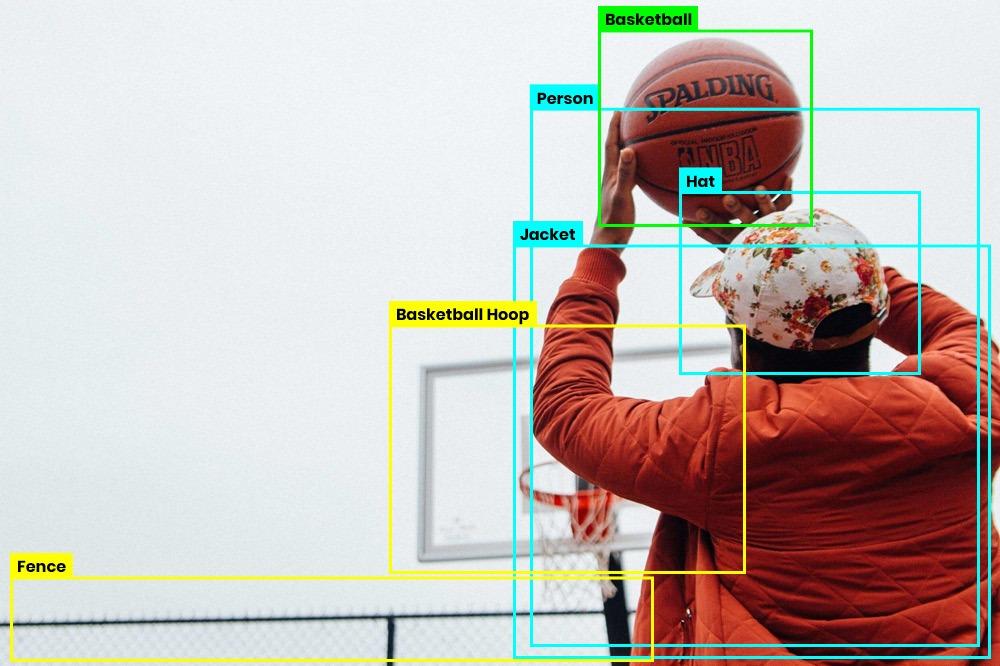In today’s digital age, the ability to recognize and interpret images accurately is more important than ever. Whether it’s for security, e-commerce, or social media, AI image recognition technology powers many applications that shape our daily lives. This article will delve into the fascinating technology behind AI image recognition, its algorithms, benefits, and real-world applications.
What is AI Image Recognition?
AI image recognition refers to the ability of computer systems to identify and classify objects, scenes, or patterns in images. By leveraging machine learning algorithms, these systems can analyze images and make decisions based on the data extracted. This technology is a subset of computer vision, which focuses on enabling machines to interpret visual data like humans do.
The Core Technologies Behind AI Image Recognition
AI image recognition relies on different technologies, key among them being:
-
- Convolutional Neural Networks (CNNs): These are specialized deep learning algorithms designed to process pixel data efficiently. CNNs are particularly effective for image recognition tasks due to their ability to detect visual patterns.
-
- Transfer Learning: This technique involves taking a pre-trained model (trained on a large dataset) and fine-tuning it on a smaller, specific dataset. This greatly reduces the time and computational resources needed for training.
-
- Data Augmentation: To improve a model’s performance, data augmentation techniques are used to artificially increase the size of the training dataset through transformations such as rotation, scaling, and flipping.
Key Algorithms Used in AI Image Recognition
Some notable algorithms used in conjunction with CNNs for image recognition include:
| Algorithm | Description | Use Case |
|---|---|---|
| YOLO (You Only Look Once) | A real-time object detection system that predicts bounding boxes and class probabilities from full images in one evaluation. | Autonomous vehicles, security surveillance. |
| ResNet (Residual Networks) | A deep learning architecture that uses skip connections to allow gradients to flow through the network, reducing the problem of vanishing gradients. | Facial recognition, image classification. |
| VGGNet | A deep neural network that emphasizes the use of small convolutional filters to achieve high accuracy in image classification tasks. | Medical image analysis, wildlife monitoring. |
How AI Image Recognition Works
The process of AI image recognition can be broken down into several key steps:
-
- Image Input: The system takes input in the form of images from various sources like cameras or databases.
-
- Preprocessing: Images are processed to standardize the input size and format. This includes resizing, normalization, and possibly augmentation.
-
- Feature Extraction: CNNs extract features from images which will help in distinguishing different classes.
-
- Classification: The extracted features are fed into the neural network to classify the image into predefined categories.
-
- Output: The system produces an output that indicates the recognized object, scene, or pattern.
Benefits of AI Image Recognition
The advantages of utilizing AI image recognition technology are profound:
-
- Enhanced Efficiency: Automated image recognition drastically reduces the time needed for identifying objects compared to human operators.
-
- High Accuracy: Advanced algorithms achieve remarkable accuracy rates, leading to fewer errors in classification.
-
- Scalability: AI systems can process thousands of images in real-time, making them ideal for large operations.
-
- Cost Reduction: Less need for human labor can significantly lower operational costs.
Real-World Applications of AI Image Recognition
AI image recognition technology is being adopted across various sectors:
1. Retail and E-commerce
Retailers utilize image recognition to enhance customer experiences through visual search capabilities, allowing users to search for products using images.
2. Healthcare
In medical imaging, AI assists in diagnosing diseases by analyzing X-rays and MRIs, improving accuracy and efficiency in patient care.
3. Security
Surveillance systems employ image recognition for facial recognition, helping law enforcement identify suspects quickly.
4. Automotive
Self-driving cars use AI image recognition to navigate environments by identifying obstacles, traffic signs, and pedestrians.
Case Studies
Here are a couple of real-world success stories leveraging AI image recognition:
| Company | Application | Outcome |
|---|---|---|
| Amazon | Amazon Go stores use AI image recognition to identify products taken off shelves and automatically process payments. | Streamlined shopping experience with no checkout lines. |
| IBM | IBM’s Watson Health analyzes medical images to assist doctors in diagnosing conditions. | Increased accuracy and reduced diagnosis time in healthcare. |
Practical Tips for Implementing AI Image Recognition
If you’re considering incorporating AI image recognition technology into your operations, here are some tips:
-
- Start with a clear understanding of your objectives and use cases.
-
- Utilize existing datasets for training your models or consider using transfer learning to save time and resources.
-
- Invest in good quality hardware for training your models, as image processing is resource-intensive.
-
- Continuously evaluate and tune your models for better accuracy and performance.
Conclusion
AI image recognition is transforming how we interact with technology and is set to play a crucial role in advancing various industries. With the power of machine learning and deep learning algorithms, we can automate processes, enhance security, and improve user experience in ways previously thought impossible. Understanding the technology behind AI image recognition not only allows businesses to innovate but also enhances our daily interactions with digital media. Embracing this technology today can lead to significant competitive advantages tomorrow.

